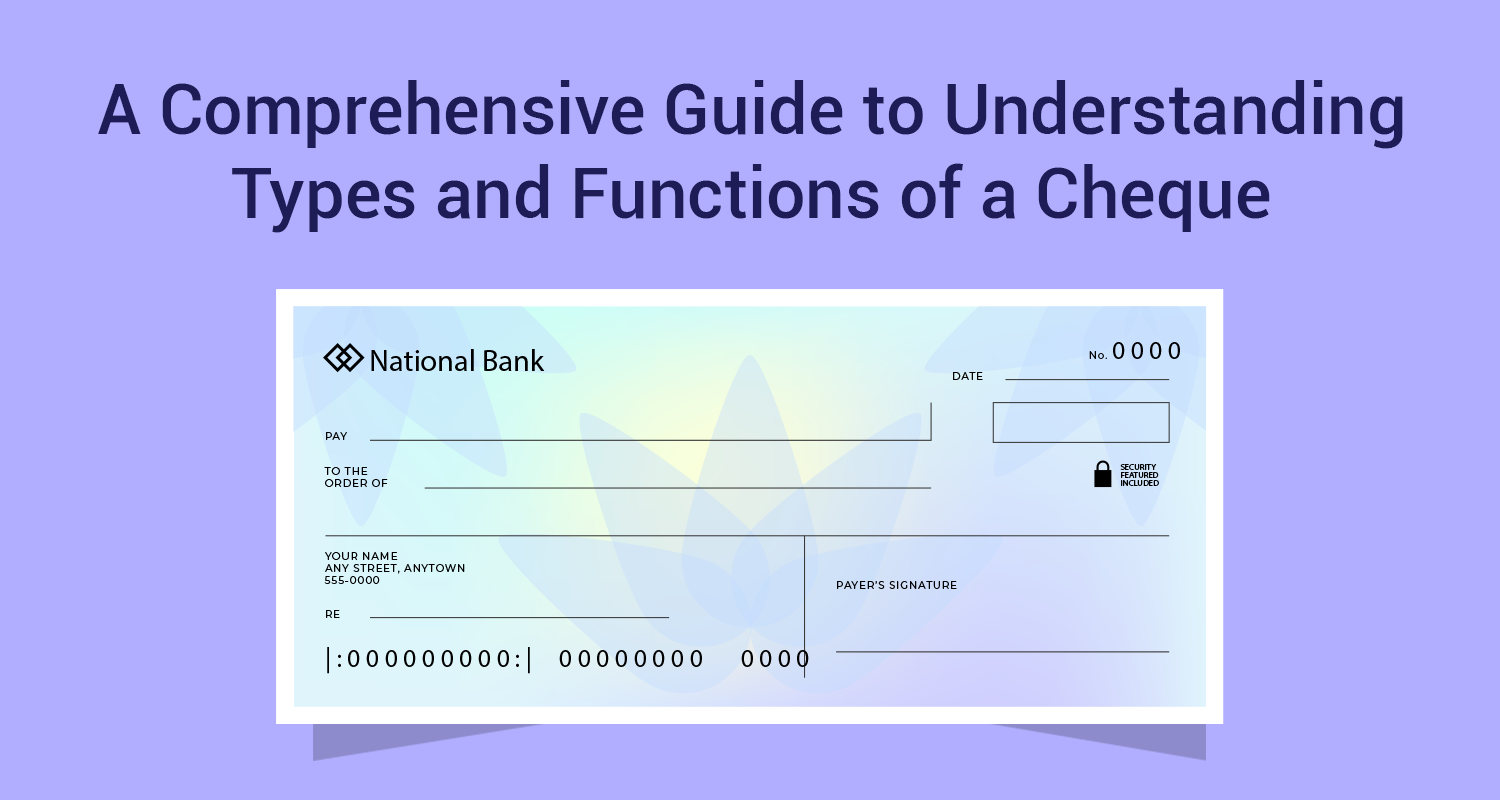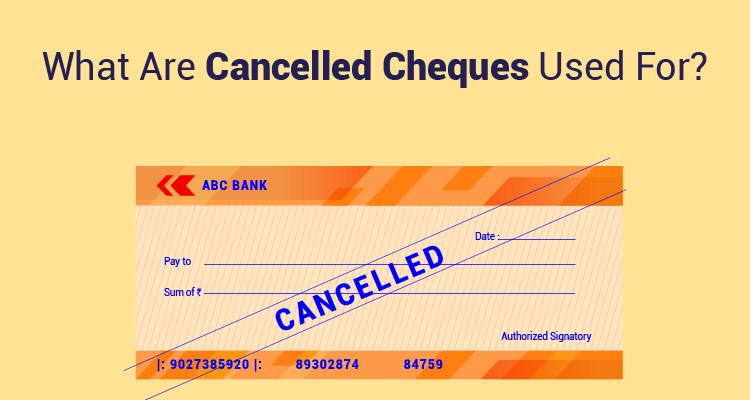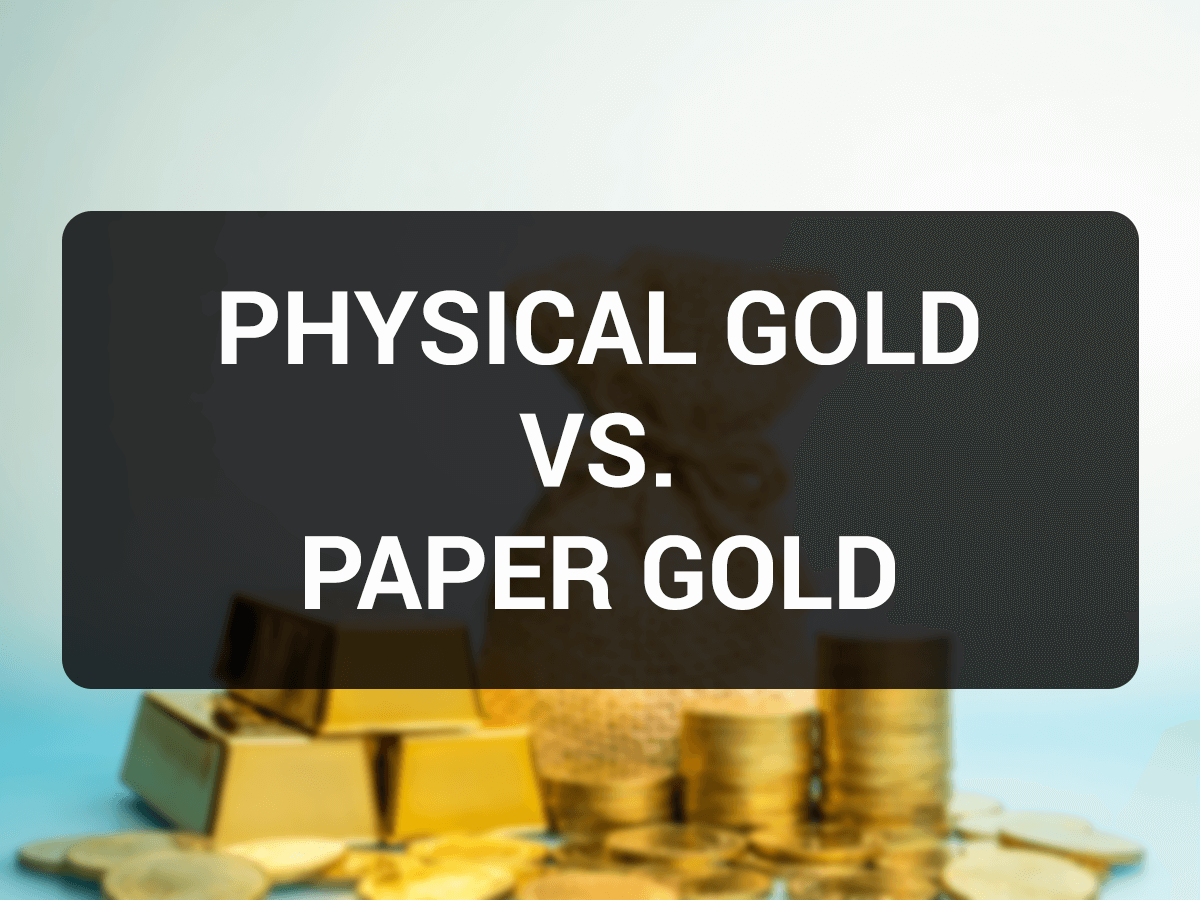Things One Should Know Before Investing in ELSS

So you have finally decided to foray into your tax saving activity by investing in an ELSS fund. Do you know how the ELSS combines elements to give you an edge? As the chart below captures, the combination of equity exposure and the lock-in period enhances the return. Then the tax rebate increases the post-tax yield. In short, you have a product that saves tax and also gives you above market returns. That is the ELSS edge!

Before you foray into investing in ELSS funds, here is what you need to know. In fact, there are 6 things you must be clear about before venturing into ELSS funds.
- It Is a Good Way to Start Investing in Equities
If you have been tentative about equities; then here is your chance to set off on the journey. You need to save your taxes anyway. Instead of adding on some ULIP or endowment policy or buying PPF, you can try out ELSS. Since you are young, you have a good risk appetite. Consequently, you can look to start your foray into equities through the ELSS route. You save tax, you watch your money grow in equities and finally, your yields will be much higher in post-tax terms. That is a good way to build your confidence in equities as an asset class. - ELSS Enjoys a Positive Risk-return Trade-off
Anybody will tell you that equity is risky and therefore your ELSS funds are also risky. That is technically correct but this kind of an argument misses out on two very important facts. Firstly, since there is a 3-year lock-in period on ELSS, which is a longer-term perspective. This evens out any volatility in the interim period. Secondly, the yield on the ELSS is not just the yield on the equity portfolio but also the tax benefit that you get. When you combine these two factors, your risk-reward ratio is sharply favorable. - No Limits on Investment Amount and Holding Period
There are no limits on the investment that you can make in an ELSS fund. You can make your entire equity allocation into ELSS funds and there is nothing stopping you from that. The lock-in period of 3 years is only the bare minimum requirement. After that period is over, if you want to continue to grow your money in the equity fund you can continue to hold on to it. Alternatively, you can also redeem the money and reinvest the same in the ELSS fund and that will entitle you to tax rebate in the year of investment. - Tax Exemption Is Limited to Rs.1.50 Lakh per Annum
Remember, irrespective of how much you invest, your tax exemption will be limited to Rs.1.50 lakhs per annum. How much you actually invest is not really material. Secondly, this is an overall umbrella limit. For example, if you have already invested Rs.1.20 lakh in CPF and LIC premium then the tax exemption available to you on the ELSS fund is just Rs.30,000. You need to factor this in while calculating your post-tax yield. - They Must Be Linked to Your Long-term Goals
This is an extremely important aspect. In fact, you must always begin your investment with your long-term goals in mind and then work backwards. The key issue is that your tax based investments must never be made in isolation. If you want to invest Rs.1.50 lakhs each year in ELSS funds then prepare yourself that this will be part of your long-term goals and the SIP will be tagged to the goal appropriately. Your tax planning must always be a subset of your long-term financial plan. - Know the Latest Tax Implications of ELSS
Last but not least, don’t forget the tax implications for ELSS. Till the Union Budget 2018 was passed, taxation of ELSS was quite simple and straightforward. The dividends paid by the ELSS fund were tax-free in the hands of the investor and there was no dividend distribution tax (DDT) debited by the fund. In the case of capital gains, STCG was never applicable to ELSS, but LTCG was entirely tax-free. Let us now see how the Budget 2018 shifted the stakes for the ELSS funds as an asset class.
While dividends are still tax-free in the hands of the investor, they will now attract DDT of 11.648% (10% tax + 12% surcharge + 4% cess). To that extent, your dividend payout will be reduced. Secondly, LTCG will now be taxed at 10% flat above profits of Rs.1 lakh per annum. This tax will be imposed without the benefit of indexation. This is an important point to factor in while measuring the risk-return trade-off for your ELSS.
Disclaimer : The information in this blog is for general purposes only and may change without notice. It does not constitute legal, tax, or financial advice. Readers should seek professional guidance and make decisions at their own discretion. IIFL Finance is not liable for any reliance on this content. Read more



